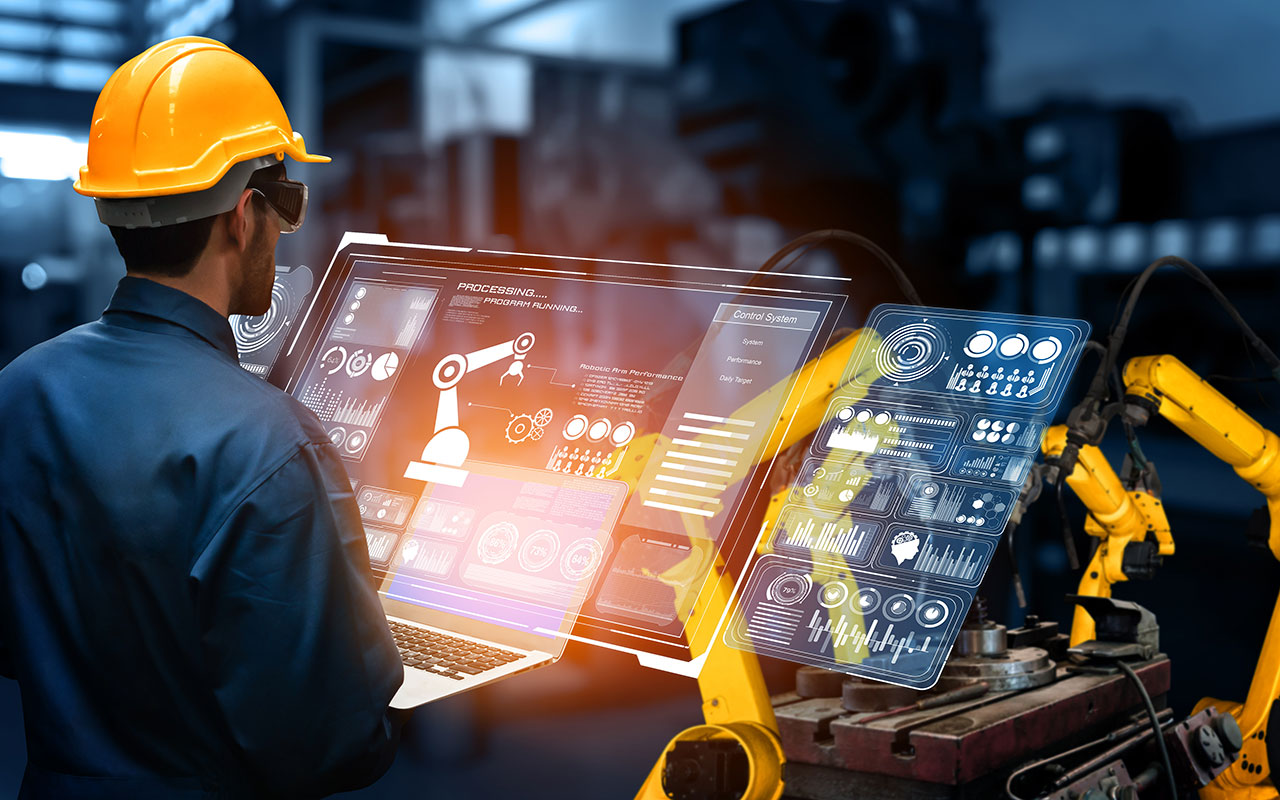The advent of automation and artificial intelligence in the labor market has sparked a global debate over the The Future of Work: Automation and Job Displacement. In this anthology, we delve into the intricate dynamics of automation within the labor market, its impact on employment, and how it shapes the future of work.
Analysis of Automation’s Role in Job Displacement
The advancement of new technologies has had a profound impact on the labor market. Many jobs have been transformed or made obsolete as automation and AI integrate more deeply into our workplaces. This has led to an increase in job displacement. However, it is crucial to understand the relationship between new technologies and the impact of automation on the workforce. While it is true that some jobs are being displaced by automation, it also holds potential to create new jobs in areas yet unimagined.
Understanding the Prospects of Technological Advancements in Job Market
The industrial revolution presents an instructive past example of this paradox. Much like the current automation wave, it displaced many jobs and created social unrest. However, it simultaneously created new occupations and sectors, paving the way for unprecedented economic expansion and job creation. The present automation revolution, too, might eventually lead to a net positive impact on employment, given its ability to generate new jobs and benefit those with the necessary new skills.
The Balance between Jobs Gain and Job Losses: A Close Look at Future Work Scenarios
With the arrival of automation and AI, some jobs could disappear, while others could be transformed. Over the next decade, it is estimated that 10-50 million jobs could potentially be at risk due to automation. However, there is an upside: automation might also create new jobs in asymmetrical but potentially larger volumes.
Navigating Possible Employment Growth Trends in the Era of Automation
The advent of AI and automation can be seen as an opportunity rather than a threat if we can predict and manage these transitions effectively. Developing resiliency towards technological change is key to navigating this emerging future of work. Employees and employers alike need to embrace this change and cultivate new skills needed in this environment.
What Does Automation Signify for Skillsets and Earnings?
The implications of automation and artificial intelligence can be seen in varying degrees across the labor market. The disruption is more pronounced among low wage, less educated workers, especially in sectors like manufacturing and customer service which are more prone to automation. On the other hand, jobs requiring complex problem solving, creativity, and emotional intelligence will likely see a surge in demand.
The AI and Its Impact on Labour Market: Exploring Underlying Truths
In the evolving technological landscape, certain skills will be more valued than others. Digital proficiency, entrepreneurial thinking, and social intelligence will be vital in the future of work. Upskilling and reskilling initiatives can help workers adapt and thrive in this environment.
Strategies for Managing Workforce Shifts Triggered by Automation
Addressing the workforce shifts is crucial for an efficient transition to an automated future. Incorporating retraining programs, informed job transition strategies, providing income support for displaced workers, and promoting job creation in sectors less prone to automation are potential ways to ensure a smooth adaptation.
Reskilling and Upskilling: The Ultimate Response to AI and Automation Challenges
Providing instructional support and retraining mechanisms can help in the effective transition of displaced workers to new jobs. Upskilling programs to retrofit the workforce and retraining the employees to acquire new skills are instrumental in reducing the negative impact of automation.
The New Face of Automation: How is it Different This Time?
While job displacement due to technological advancement is not a new phenomenon, the scale and speed at which automation and artificial intelligence are evolving today make it an issue of urgent consideration. The integration of automation and AI into existing roles is happening at a much faster pace than during the industrial revolution.

AI Disruption and Career Adaptation: A Comprehensive Overview
Preparing for the future of work requires career adaptability. Individuals need to adapt to these changes by acquiring new skills and enhancing their learning agility. Lifelong learning, adaptability, and resilience are critical for individuals to thrive in a rapidly evolving job market.
Examining the Policy Implications of Automation on Workers, Jobs, and Wages
Automation has policy implications that extend beyond the labor market. The government has a role to play in managing the transformation resulting from AI and automation. To avert large scale job displacement and ensure a just transition, inclusive growth policies, and educational strategies are needed.
Unveiling the Impacts and Opportunities of AI in the Job Market
As we continue to unfold the confluence of humanity and machine, AI presents not only a challenge but also an immense opportunity. With justified apprehension about job displacement, there is an equally valid optimism for job creation, signaling a new era of work – complex, unpredictable, but abundant in opportunities.
The interplay of humans and machines in the workforce of the future paints a vibrant tableau of a world where humans and robots collaborate, not compete. As we navigate this challenging terrain, lessons from history, and preparations for the future offer a vision of hope amidst uncertainty. It is not the machines we need to fear, but rather our capacity to adapt, learn, and create in a world increasingly shared with them.










